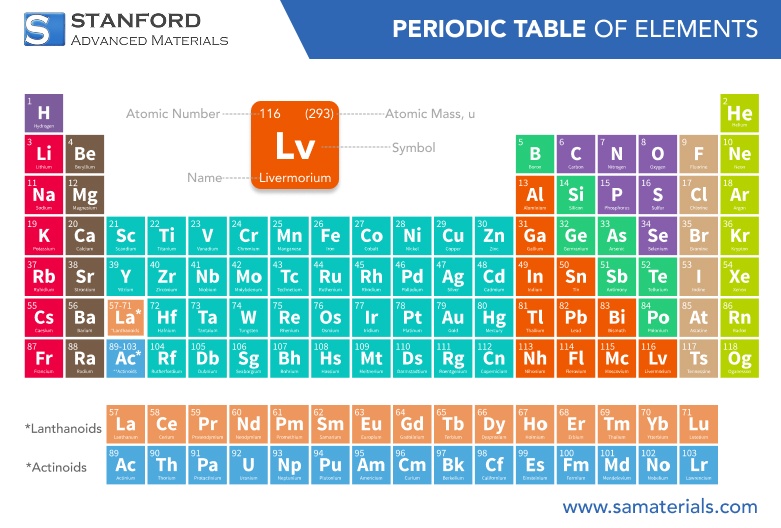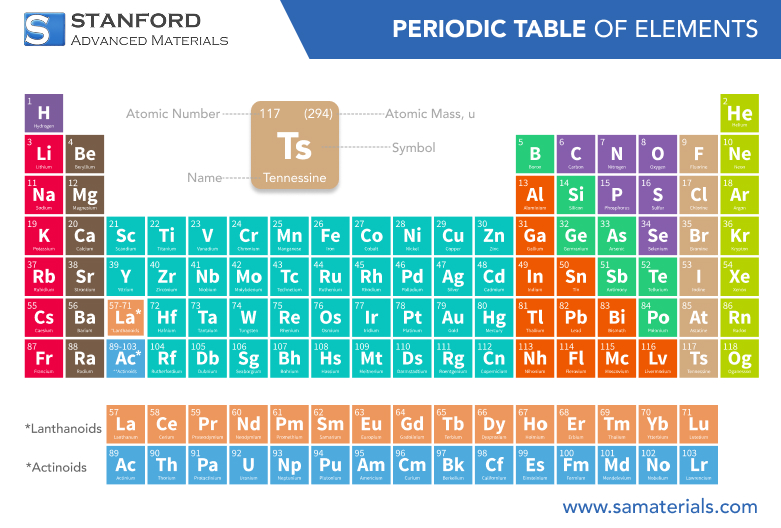Cobalt: Element Properties And Uses
Description
Cobalt is a chemical element with the symbol Co and atomic number 27. It is a transition metal that is employed in various industrial sectors due to its defined properties.
Introduction to the Element
Cobalt is a chemical element that belongs to the transition metals in the periodic system. It is a hard, silvery-blue metal that is often found alongside other metals such as nickel and copper. Cobalt is frequently used in the production of alloys and holds significant importance in many technical and industrial applications.
Description of Chemical Properties
Cobalt is recognised for its magnetic properties and its ability to form a range of compounds, in particular cobalt salts that are used in pigments. Some of the key chemical properties of cobalt are:
- Cobalt normally exhibits oxidation states of +2 or +3 in its compounds.
- It reacts with oxygen to form cobalt oxide.
- Cobalt compounds, such as cobalt chloride (CoCl₂), display colour-changing properties, which renders them useful for various applications.
- Cobalt also forms several complex compounds with different ligands, thereby demonstrating its versatility in coordination chemistry.
Table of Physical Properties
|
Property |
Value |
|
1 495°C |
|
|
Boiling Point |
2 927°C |
|
Density |
8.9 g/cm³ |
|
Hardness |
5 on the Mohs scale |
|
Magnetic Property |
Ferromagnetic |
Further information is available at Stanford Advanced Materials (SAM).
Common Uses
Cobalt is utilised in various sectors, particularly in electronics, energy and manufacturing. Some of the principal uses include:
- Battery Manufacturing: Cobalt is an important component of lithium-ion batteries, which are employed in electric vehicles and portable electronic devices.
- Superalloys: Cobalt is incorporated in high-temperature alloys for jet engines and gas turbines, given that it can withstand extreme conditions.
- Catalysts: Cobalt compounds are applied as catalysts in the production of synthetic fuels and in petrochemical processes.
- Magnetic Materials: Owing to its ferromagnetic properties, cobalt is also utilised in the manufacturing of magnets.
Preparation Methods
Cobalt is typically extracted from ores such as cobaltite and erythrite. The principal methods for cobalt extraction include:
- Hydrometallurgical Processes: Cobalt is extracted from ores through acid leaching and is subsequently purified by solvent extraction and electrolytic refining.
- Pyrometallurgical Processes: Cobalt is produced through smelting, wherein the ore is heated in the presence of a reducing agent.
Related Industrial Products
Cobalt plays an essential role in the manufacture of various industrial products. Some significant cobalt-related products are:
- Cobalt-Chromium Alloys: These are used in aerospace and medical engineering due to their strength and corrosion resistance.
- Cobalt-based Pigments: Cobalt compounds are utilised to produce bright blue and green colours in ceramics, glass and paints.
- Cobalt Salts: These are employed in the production of fertilisers and as catalysts in various chemical processes.
Frequently Asked Questions
What are the primary sources of cobalt?
Cobalt is primarily obtained from cobalt-bearing minerals such as cobaltite, erythrite and skutterudite, as well as from by-products of copper and nickel mining.
Is cobalt toxic?
While cobalt in trace amounts is essential for human health, excessive exposure can lead to toxic effects, particularly in the form of respiratory issues or skin irritation.
What are the environmental impacts of cobalt mining?
Cobalt mining can have significant environmental impacts, including habitat destruction and pollution. Efforts are being made to improve the sustainability of cobalt extraction methods.
Can cobalt be recycled?
Yes, cobalt can be recycled, particularly from used batteries. This contributes to reducing the need for new mining and promoting sustainability in industries that depend on cobalt.
Which industries benefit from cobalt?
Cobalt is utilised in various sectors, including the electronics, automotive (especially for electric vehicle batteries), aerospace and manufacturing industries.

 Bars
Bars
 Beads & Spheres
Beads & Spheres
 Bolts & Nuts
Bolts & Nuts
 Crucibles
Crucibles
 Discs
Discs
 Fibers & Fabrics
Fibers & Fabrics
 Films
Films
 Flake
Flake
 Foams
Foams
 Foil
Foil
 Granules
Granules
 Honeycombs
Honeycombs
 Ink
Ink
 Laminate
Laminate
 Lumps
Lumps
 Meshes
Meshes
 Metallised Film
Metallised Film
 Plate
Plate
 Powders
Powders
 Rod
Rod
 Sheets
Sheets
 Single Crystals
Single Crystals
 Sputtering Target
Sputtering Target
 Tubes
Tubes
 Washer
Washer
 Wires
Wires
 Converters & Calculators
Converters & Calculators
 Write for Us
Write for Us
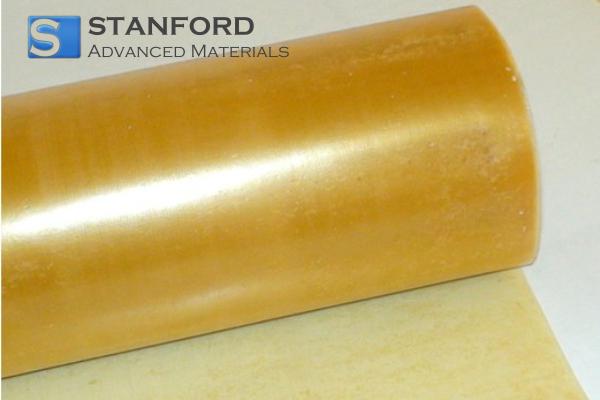
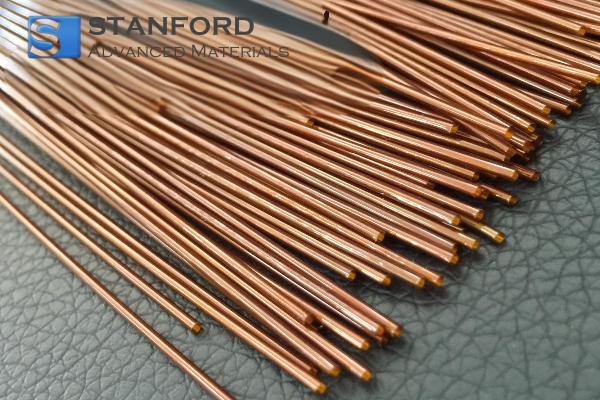
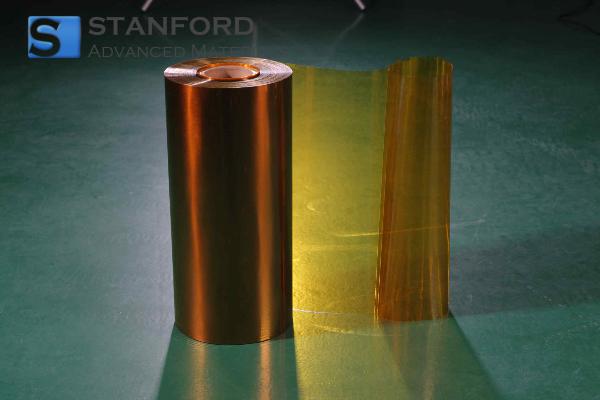
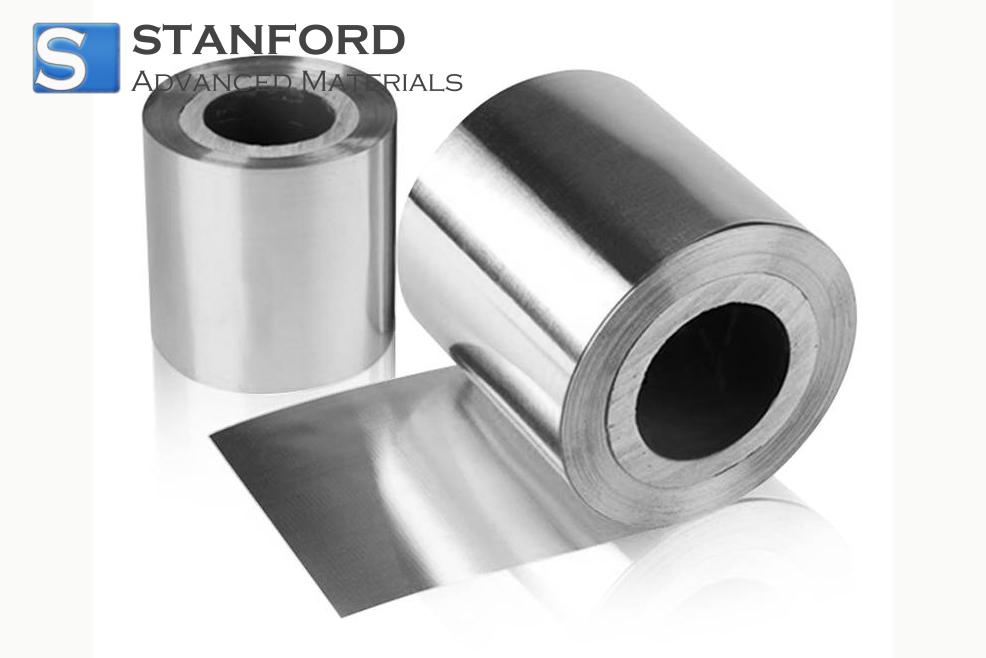
 Chin Trento
Chin Trento

